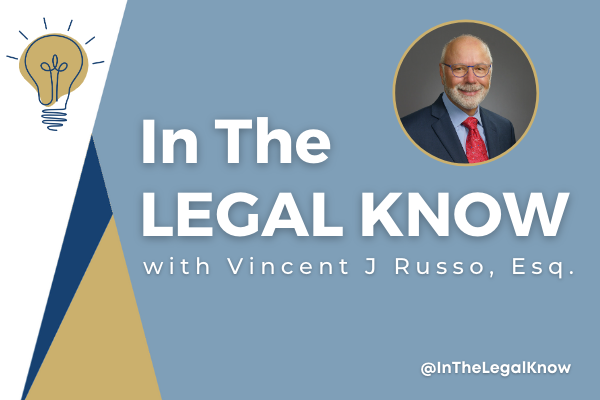*This article has been re-posted from AccountingToday.com with permission from the author, Henry Montag. Click here to see the source article.
As your clients’ most trusted adviser, how can you protect them from the financial threat and high costs of long-term care?
You basically have two initial choices. Let’s assume your client is under age 75, relatively healthy and understands that an unexpected, unreimbursed long-term care expense is a real threat that can unravel their and their spouse’s retirement plans and lifestyle. You can talk about “what if” scenarios, including the purchase of a long-term care insurance policy. Or you can avoid the fact that costs for care at home or in an assisted living community are in the $60,000 to $75,000 range, and that costs in a skilled nursing facility are in the $125,000 to $175,000 range and are both increasing by 4 percent annually.
Should you have this unpleasant, difficult conversation with your clients? Since the odds of this problem affecting a client over age 80 is approximately 70 percent, it could make a great deal of sense to get your clients thinking about a solution to a problem they may one day likely face. Where will the necessary funds come from to pay for these costs? Is there a readily accessible source of sufficient funds that will not trigger a large unnecessary taxable event when liquidated? Should the client self-insure against this threat or would it make more economic sense to purchase a long-term care insurance contract from one of the major insurers?




